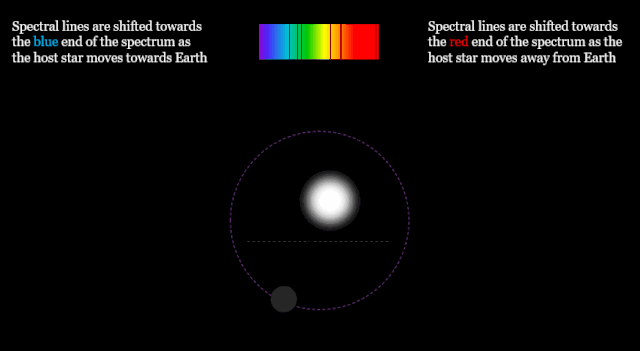As their name suggests, black holes do not emit any light. However, these dark entities can be spotted through the effect of their strong gravity on their surroundings. For instance, gas that is pulled towards a black hole will light up in X-rays and thereby give away the hiding place of the cosmic cannibal.
Based on what we currently understand of how stars are formed and evolve through their life, it is expected that our Milky Way galaxy should harbor hundreds of thousands, perhaps millions of black holes as the remains of once massive stars. Many of these stellar corpses are expected to be accompanied by another (regular) star. If the black hole and the other star orbit each other close enough, the black hole can steal gas from its unfortunate companion and make the binary discoverable as an X-ray binary. However, only a few tens of X-ray binaries harboring black holes have been found to date (see this catalog called BLACKCAT). We therefore think that there must be many black holes hiding in binaries with orbits that are so wide that the black hole cannot snack off its companion and hence will be discoverable as an X-ray binary. How to find these hidden black holes?
Even if a black hole is not close enough to pull gas from its companion, its gravitational pull will cause the other star to wobble. Stars are too far away to see them wobble against the sky, but we can detect any movement by unraveling their light with spectrometers. The light that we receive from stars contains dark lines, called spectral lines, that will be shifting in wavelength due to the wobble that the black hole is causing. Many millions of stars are currently being surveyed to see if their spectral lines display shifts that can give away the presence of a black hole. Recently one of such surveys, performed with the Chinese LAMOST telescope, uncovered a black hole by these means. The object, called LB-1, was announced to have a mass of no less than 70 times the mass of our Sun. This discovery soon became controversial.
The notorious LB-1 startled the scientific community because within our current understanding of how stars work it is far from trivial to make a black hole that is 70 times as massive as our Sun. In short, the challenge is that such a black hole would likely be the remains of a very massive star, but that such very massive stars are thought to explode in such a violent supernova that nothing, not even a black hole, is left behind. Within a short time, many alternative ideas have thus been put out to explain how such a massive black hole could theoretically form. At the same time, there are many observational efforts initiated to verify that LB-1 truly contains such a massive black hole.
Observations with the Chandra X-ray satellite showed that if LB-1 contains a black hole, it is not pulling sufficient amounts of gas from its companion star to generate X-ray emission. However, if it would succeed to pull off even the tiniest bit of gas, it could also reveal itself by spitting some of this back into space via jets. The radio emission from the jets that a black hole spits out may be more easily detectable than the X-rays from the gas it is pulling in. Therefore, we’ll be looking at LB-1 with the Very Large Array radio telescope, located in New Mexico. If there is a massive black hole lurking in LB-1 that it secretly stealing some gas from its companion star, it will be caught in the act. Stay tuned!
Shortly after the discovery of LB-1, I gave an interview for Dutch radio to discuss its impact and controversy (for the NPO/radio-1 program “Met het oog op morgen“).
 Figure: Graphic illustration of the method to find hidden black holes. Whereas the black hole itself may be invisible, its gravitational pull causes the normal star to wobble. This wobble is visible as a movement in the spectral lines in the light of the star (the dark lines in the color bar). The same method is used to find planets around stars. Source of gif: Wikicommons.
Figure: Graphic illustration of the method to find hidden black holes. Whereas the black hole itself may be invisible, its gravitational pull causes the normal star to wobble. This wobble is visible as a movement in the spectral lines in the light of the star (the dark lines in the color bar). The same method is used to find planets around stars. Source of gif: Wikicommons.

You must be logged in to post a comment.